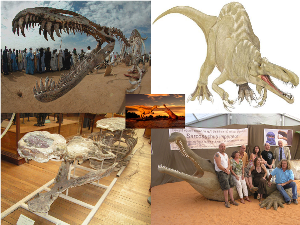SFINX (Sparsity, Fusion and Distributed Information) / Supported by: University of Savoie, France / Consortium: I3S University of Nice, LabSTICC Telecom Bretagne, STMR University of Troyes, LISTIC University of Savoie.
Predator/Prey description of the distributed scene
Provide a complex scene and an environment composed with predators and prey (like the jungle) ;
Any predator seeks to capture a prey;
Any predator is a prey for some given predators (there exists no universal predator) ;
Any predator/prey can see (optical, infrared and radar imaging focusing at different levels of the scene), but his vision is limited (the image sensor located far from the current location in the scene does not provide useful information) ;
Any predator/prey can hear (several sounds, ultrasound, etc.): the sounds are emitted by prey, predators and are affected by noise ;
Some predators/prey cannot be seen/heard due to the limitations of my imaging/hearing sensor ;
A predator/prey should capture (at least) a prey and should not (never) be captured [Assumes merging all available distributed information in order to detect a prey, estimate its trajectory, avoid being captured, etc].
Processing: requires a 'best' joint sparsifying basis for a set of distributed/dependent signals, requires information fusion in this 'best' joint representation.
The crime scene: who is the predator? ``Suchomimus dinosaur'' and ``Sarcosuchus Imperator'' lived in the same geographical area (skeletons originate from the north of Niger).

|